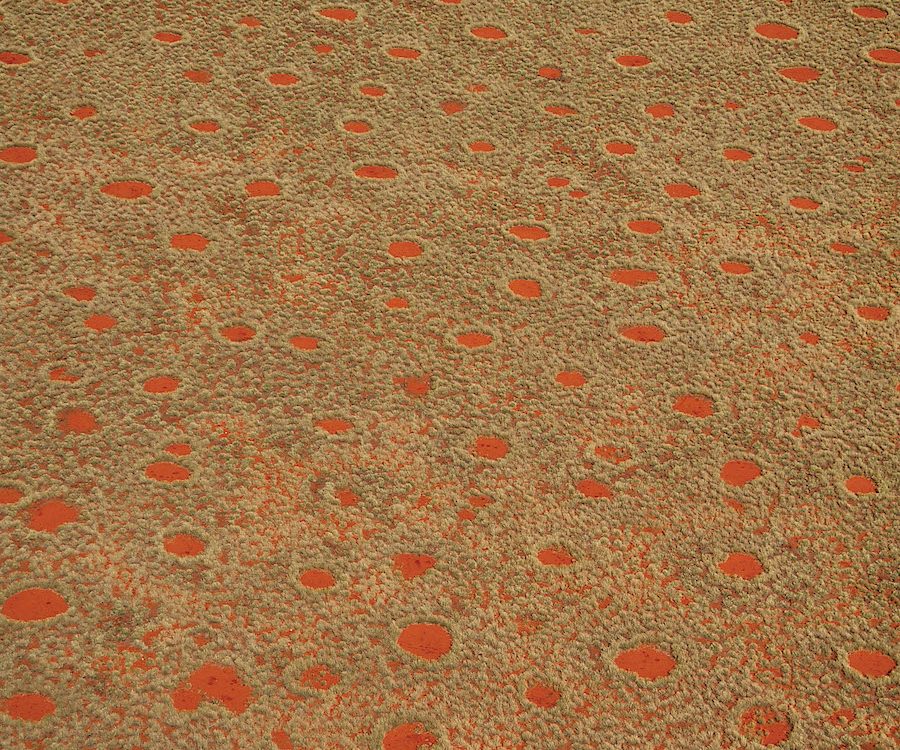
Amethyst
April 19, 2017
Spessartine
April 28, 2017Text Edward Jenkins | Photo Hannes Brunner
This is the fifth article in a series about gemstones of Namibia. The first European awareness of Namibia’s great mineral wealth came from the diaries of the Stellenbosch farmer Captain Hendrik Hop, recorded during his 1761-1762 scientific expedition, sponsored by the Dutch East India Company.
One of the earliest raw materials exploited by man, chalcedony (kal sed’n-e) was used by hunter-gatherers for thousands of years to create containers, arrows, spears, knives and other tools.
A s civilisation developed, it became prized as a gemstone, and was used as a precious material for the creation of ornaments and small sculptures.
A translucent form of quartz, there are many varieties of this stone. Based on the colour imbued by various impurities, they are known by their own names, and include jasper, onyx and agate. In general, the name chalcedony is reserved for the white, grey, blue and brown varieties.
Chalcedony has been known in the Mediterranean countries since the Bronze Age. Seals made of it have been recovered in excavations of Minoan Crete sites that date to 1800 BCE. It has always been a popular material for the creation of seals, since hot wax doesn’t stick to the smooth surface.
Chalcedony is fairly common in Namibia, and found at many locations. It is an associated material of the Okorusu fluorite deposit north of Otjiwarongo, which has been known since the colonial era, and mined since the 1920s.
However, by far the most important deposits are found about 150 kilometres north-east of Okahandja, where exceptionally fine, jewellery-grade, semi-transparent blue chalcedony has been mined since 1930. By the 1960s, more than 15 000 kilograms had been exported from that location alone, to become quality carvings, beads and cabochon (polished but not faceted) gems. Namibian chalcedony is still widely held to be the best in the world.
Like most gems that have a long association with human culture, chalcedony has developed its own mythology. It is believed to quicken the power of the body, promoting health. Moreover, it is said to absorb negative energy, alleviating evil thoughts and emotions, and preventing bad dreams. It protects the wearer from evil spirits, and eases self-doubt.
In today’s litigious society, far too many people find themselves involved in lawsuits and court proceedings. Tradition has it that chalcedony makes its owner ‘fortunate in law’, provided that the stone is perforated, and hung from the hairs of a donkey.
Charles Dickens probably would have agreed with that tradition… after all, in Oliver Twist, he famously wrote,’…the law is an ass’.

This article was first published in the Flamingo January 2011 issue.


